Hager Electric box (breaker panel)
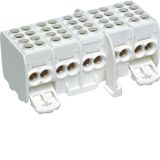
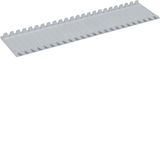
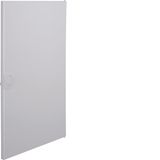
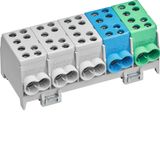
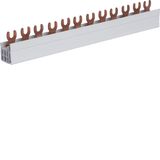
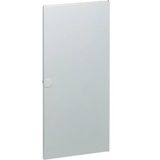
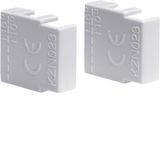
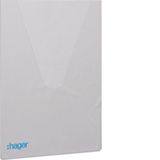
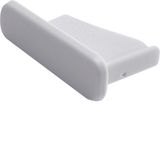
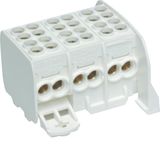
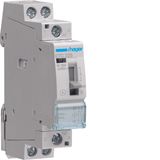
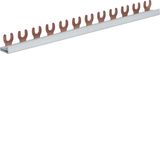
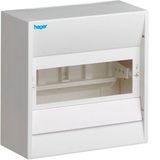
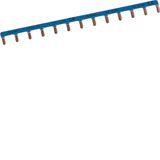
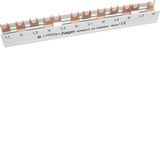
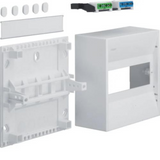
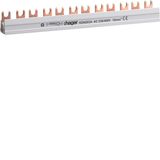
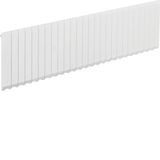
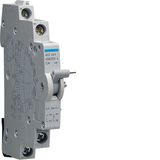
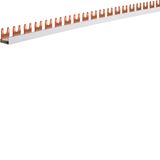
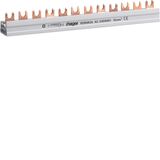
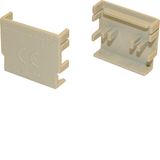
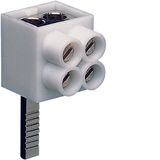
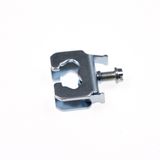
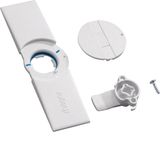
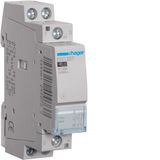
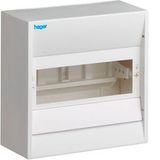
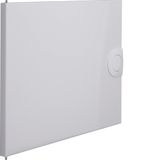
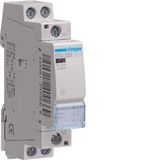
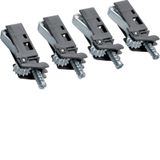
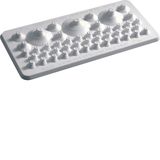
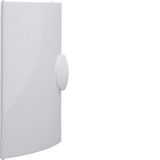
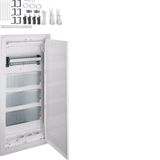
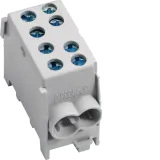
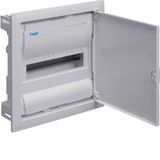
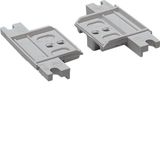
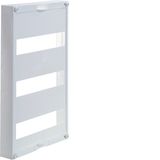
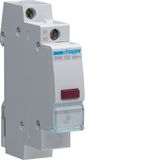
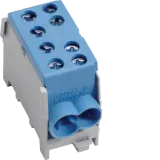
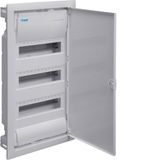
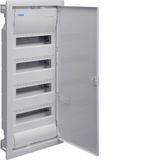
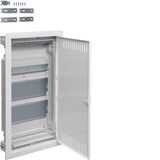
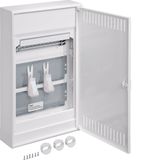
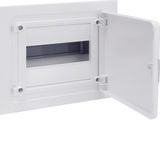
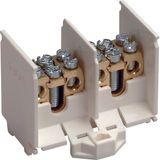
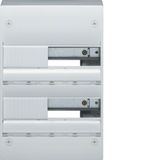
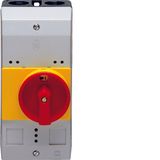
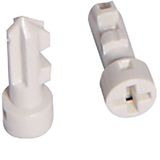
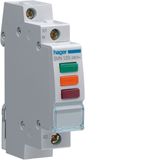
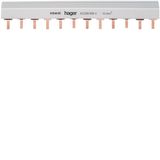
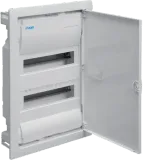
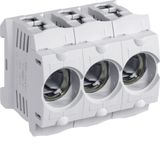
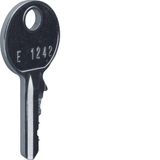
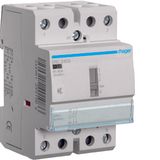
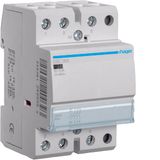
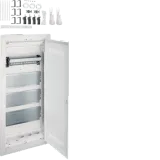

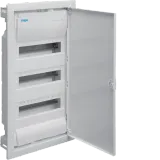

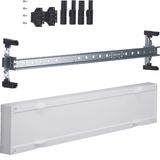
In almost every electrical installation project—whether it’s a commercial fit‑out, multi‑unit residential block or industrial site—the distribution board is the nerve centre. The Hager distribution boards range covers Hager electrical enclosures, Hager consumer units, Hager flush‑mounted boards, Hager surface‑mounted boards, Hager DIN‑rail cabinets, and Hager modular distribution panels. Having specified many board‑builds and panel‑installations, I can say: choosing the correct board early prevents space‑issues, mismatched modules, confuse back‑wiring and delays.
Hager Electrical Enclosures & Modular Distribution Panels
When you're looking for the enclosure itself—the metal or poly box housing your breakers, RCDs, RCBOs and busbars—you’ll refer to Hager electrical enclosures and Hager modular distribution panels. According to Hager’s catalogue, their consumer units and distribution systems conform to standards like EN 61439‑3.
From installation practice: check of enclosure size (module ways, depth, width), knock‑outs for entries, mounting (flush/in‑wall vs surface), busbar capacity, airflow/clearance for future modules. Using Hager enclosures means your breakers, spare channels and accessories fit as intended.
Hager Consumer Units – Domestic & Commercial Distribution Boards
For standard distribution in buildings, especially residential or landlord installations, you’ll select Hager consumer units. These are distribution boards pre‑assembled or partially populated for safety and ease. In commentary, one wholesaler says “we always recommend the Hager consumer units first” due to availability, standard compliance and quality
In procurement terms: you’ll evaluate number of ways (4,6,8,12 etc), main incomer rating (100 A, 125 A), SPD (surge protection device) inclusion, busbar size, enclosure depth. Hager consumer units simplify your build and give predictable board dimensions and spare ratios.
Hager Flush‑Mounted Boards & Surface‑Mounted Boards – Mounting Options
Depending on wall finish and installation type you’ll need Hager flush‑mounted boards (installed behind finished wall surface) or Hager surface‑mounted boards (mounted on wall surface, easier retrofit). One vendor lists Hager boards “starting from 4 way to 12 way ‑ Flush / Surface” in their offering.
From site experience: you’ll verify whether board depth fits into the finished wall, that doors open without obstruction, and that the type (flush or surface) suits your enviro (corridor, meter‑room, plant area). Having both options in Hager’s range gives you flexibility and consistent spare‑parts.
Hager DIN‑Rail Cabinets – For Panel‑Builders & Modular Installation
For installations where high capacity, multiple rows of DIN‑rail modules, filter units or building‑automation modules are required, you’ll look at Hager DIN‑rail cabinets (larger distribution boards intended for industrial or large residential settings). One example listing shows Hager “100 A to 250 A TPN distribution boards, vector enclosures and more.”
From an engineer’s viewpoint: check number of rows, rail spacing, depth of enclosure (for cables, terminations), busbar ratings, door/sealing for plant‑room use, compatibility with panel wiring. Choosing Hager DIN‑rail cabinets ensures that panel‑builders can load modules, accessories, and provide expansion room.
Procurement & Wholesale Buying Insights
When you’re buying Hager distribution boards in volume for a building project, panel‑builder batch or retrofit programme, procurement teams commonly compare:
- Number of ways/modules: 4‑way, 6‑way, 12‑way etc; spare channels vs filled channels.
- Incomer rating and busbar capacity: for example 100 A, 125 A, TPN (three‑phase plus neutral) ratings.
- Surge protection (SPD) inclusion: Boards pre‑populated with SPD or blank enclosures.
- Mounting option: flush vs surface; depth and mounting requirements.
- Future expansion: free module slots, space for busbars, additional accessories.
- Brand uniformity and spare‑parts: Using Hager means standardized enclosures, spare covers, consistent module footprint.
- Stock, lead‑time and logistics: Distribution boards often come late in the build schedule—delays here hold up surveying, wiring and final commissioning.
- Certificates & standards: Hager boards confirm compliance with EN 61439‑3 and national regulation.
From field experience: A panel‑build was delayed because the board depth was insufficient to accommodate the cable entry and spare modules. Specifying the correct board type (and brand) from the beginning avoided that.
Why Choose Hager & Why Bank of Lamps
- Hager is a well‑established manufacturer, known for distribution systems and enclosures.
- Using Hager for boards, enclosures, modules, accessories helps you standardize across switches, sockets, breakers and boards—simplifying spares and training.
- Bank of Lamps offers you:
- Centralised European warehouse (Latvia) with bulk stock of Hager boards, enabling shorter lead‑times and project reliability.
- Flexible bulk‑order options for B2B clients: mixed SKUs of boards, accessories, modules to fit multi‑unit builds.
- Brand ecosystem support: full Hager system supply (boards + modules + accessories) so you avoid multilabel confusion.
- Logistics tuned to professional schedules: we coordinate deliveries to site, palletisation, mixed SKU orders, timely dispatch.